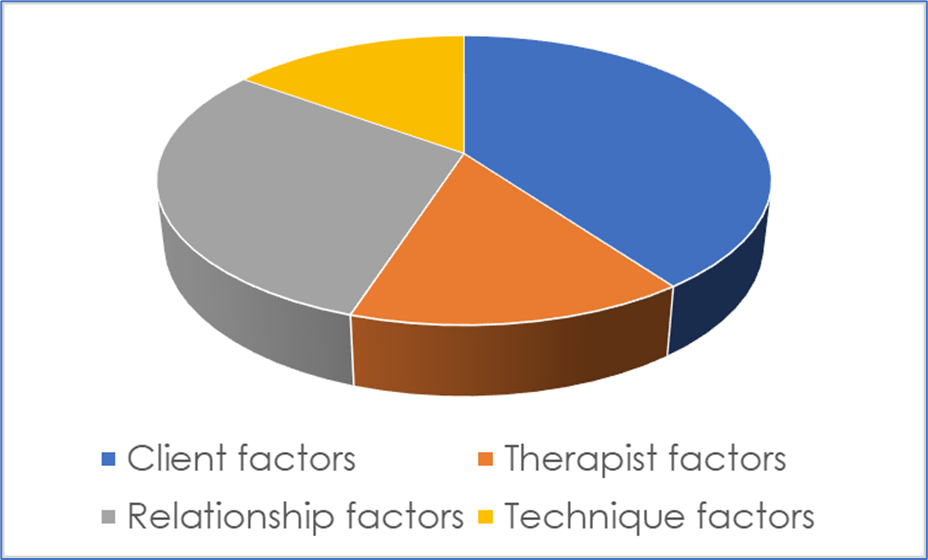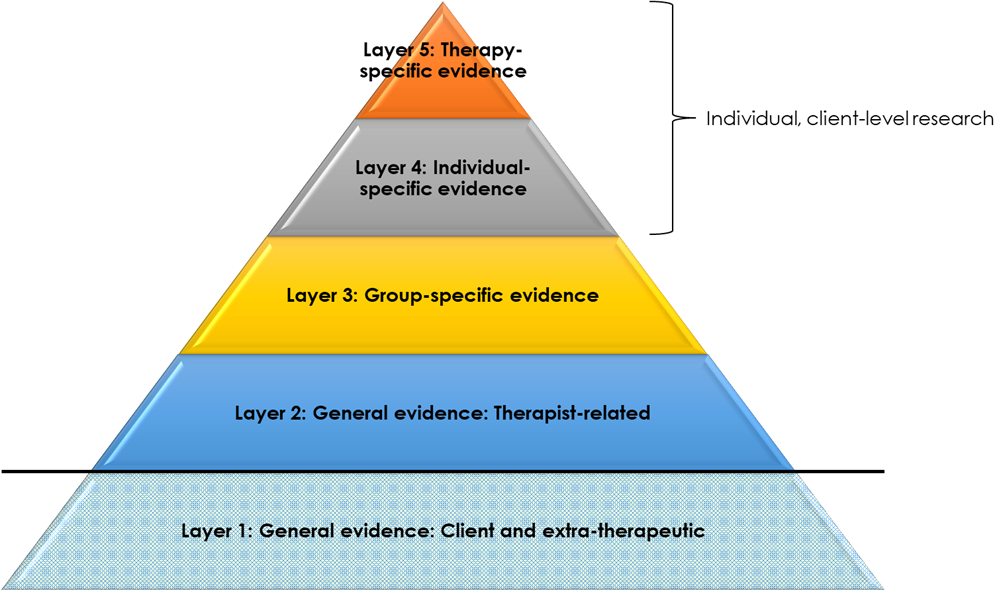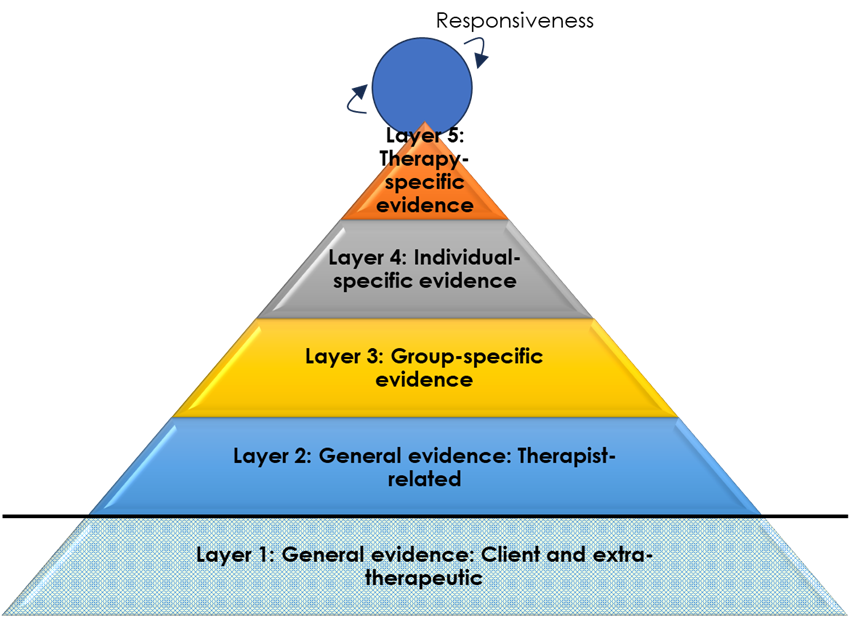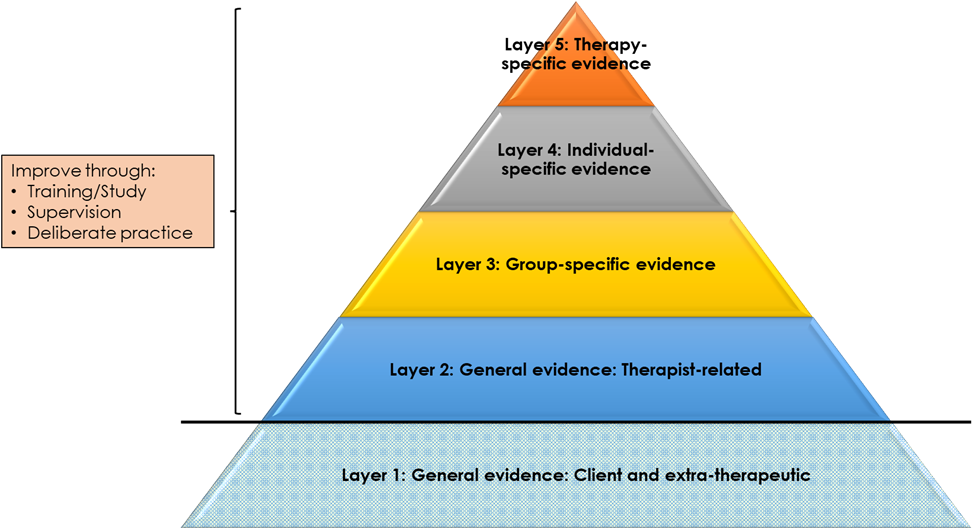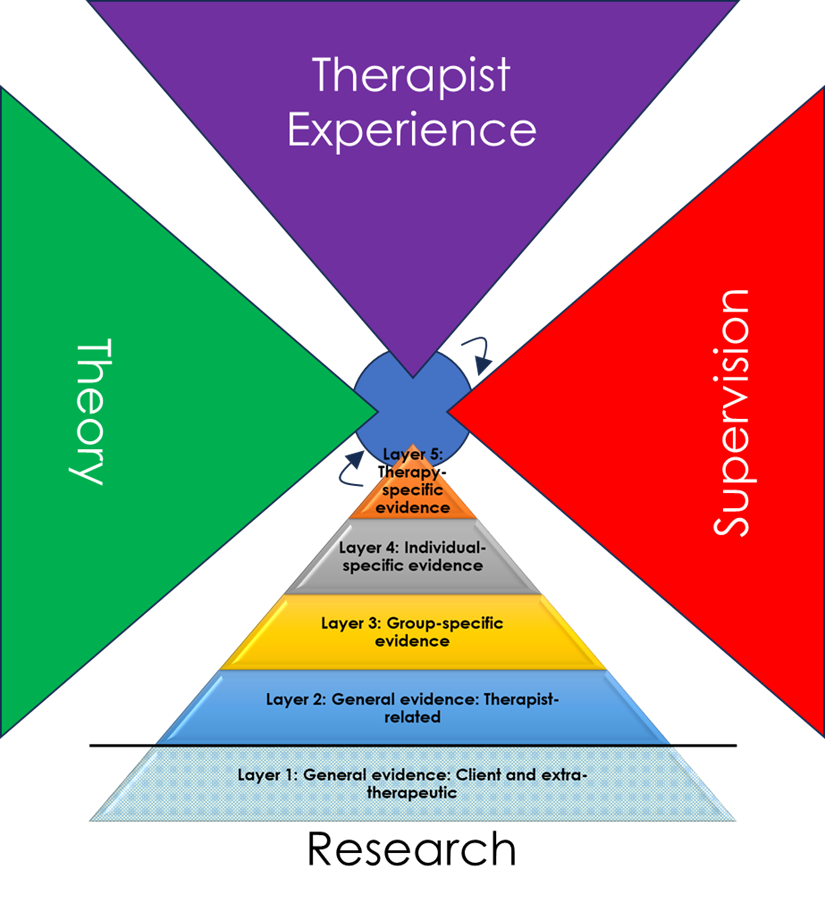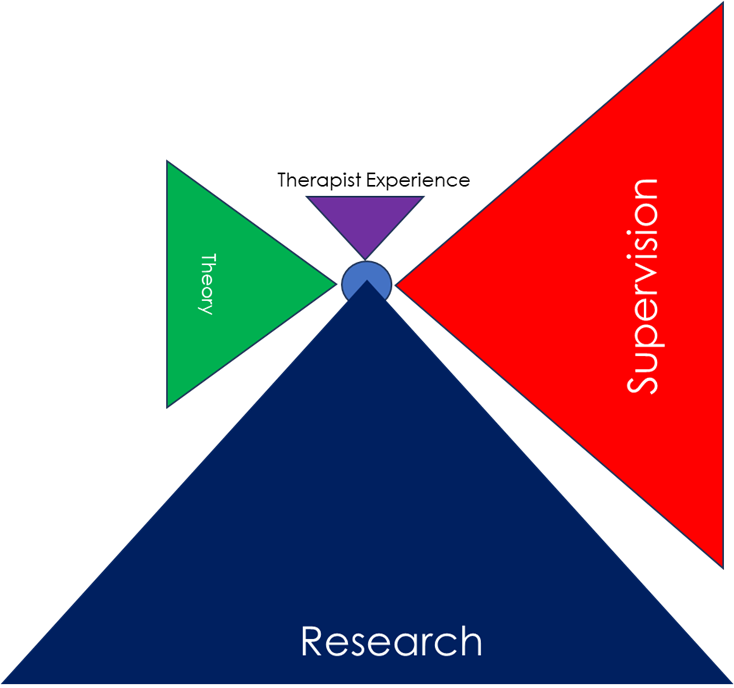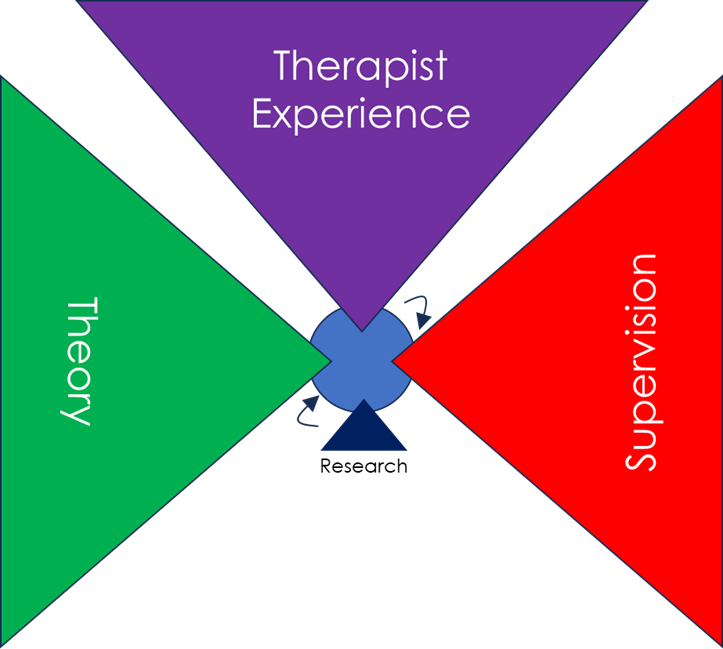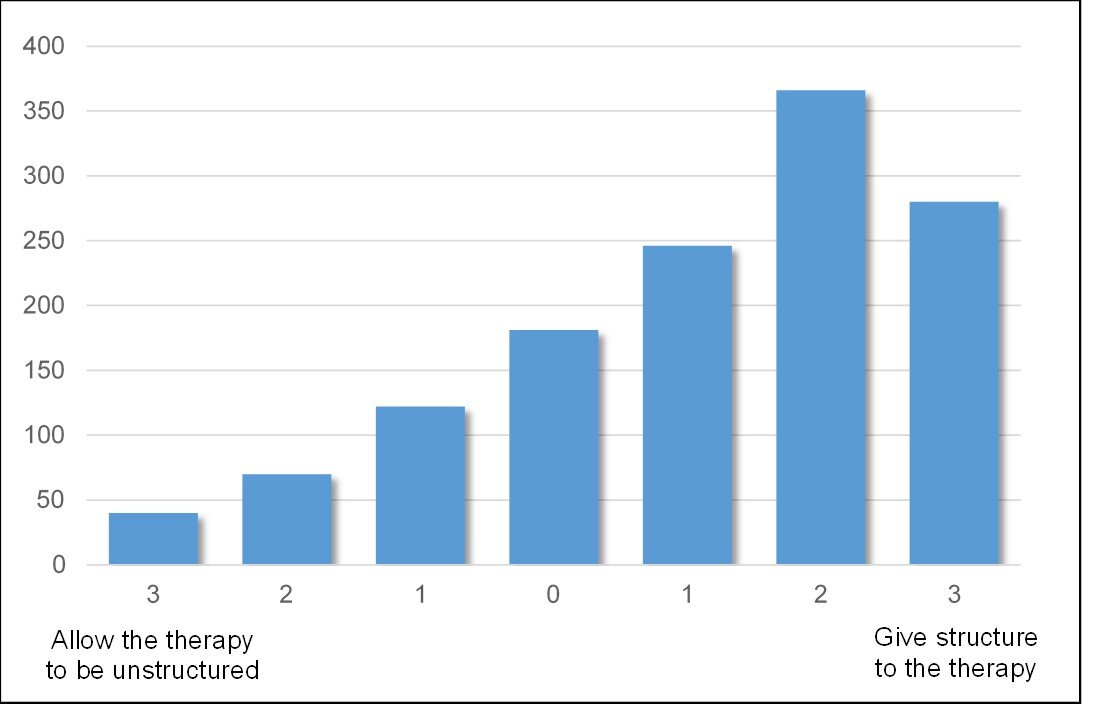With recent developments around the coronavirus, many counsellors and psychotherapists are having — or choosing — to move to online or telephone-based therapy with their clients. But, for relationally-based practitioners, a concern can be that these changes will make it much harder to achieve a depth of connection.
Fortunately, a couple of years ago, Aisling Treanor, a trainee on the Doctorate in Counselling Psychology at the University of Roehampton, asked exactly such a question in her thesis. It was entitled ‘The Extent to Which Relational Depth can be Reached in Online Therapy and the Factors that Facilitate and Inhibit that Experience: A Mixed Methods Study’ and can be downloaded, in full, from here.
There were two parts to Aisling’s study. First, she conducted a small scale quantitative survey with 13 clients, looking at how much they had experienced a depth of relating in online therapy. Then, she conducted qualitative interviews with seven of those participants to explore their experiences in much more depth. All of the interview participants, and most of the survey participants, had received therapy via video conferencing (mainly Skype). Six of the seven interview participants were female, all were white, and their therapy tended to be long term: generally more than two years (though, in some cases, they switched to online part-way through the therapy).
So what did Aisling find?
Do Clients Experience Relational Depth in Online Therapies?
In her survey, Aisling used two quantitative measures to assess the extent to which clients experience relational depth (both of which can be downloaded from my page here).
The first was the Relational Depth Inventory, which asks respondents to identify an important event during a therapy session, and then to rate the extent to which they experienced specific qualities, associated with relational depth, during that event (for instance, ‘I felt a profound connection between my therapist and me’, ‘I felt my therapist trusted me’). The average score for the online therapy clients was approximately 3.7 on a scale of 1= ‘not at all’, 2 = ‘slightly’, 3 = ‘somewhat’, 4 = ‘very much’, 5 = ‘completely’. So that means that, in an important moment of therapy, clients experience relational depth to a considerable extent. That compares with a mean of around 3.3 from clients in face-to-face work, albeit using a different version of the RDI and with a different sample. So we can’t conclude that clients in online therapies have deeper connections in important moments than those in face-to-face therapies, but certainly the results aren’t too bad for online practices.
One of the limitations of the RDI is that it just asks about depth of connection in one moment of therapy, but what about the therapeutic relationship overall? This is the focus for a second measure the Relational Depth Frequency Scale (RDFS). This RDFS (client version) presents respondents with the following stem, ‘Over the course of therapy with my therapist, there were moments where…’ and then asks them to rate items related to relational depth (for instance, ‘It felt like a shared experience,’ ‘We were deeply connected to one another) on a scale of 1 = ‘not at all’, 2 = ‘only occasionally’, 3 = ‘sometimes’, 4 = ‘often’, 5 = ‘most or all of the time’. The average score for the 13 participants was 3.5, so somewhere between ‘sometimes’ and ‘often’. This compares against a mean of 3.5 in a survey of mainly face-to-face. Again, the measure used was slightly different and there’s no way of comparing the samples, but at the least we can say that the participants in online therapies did experience some depth of connection with their therapists.
In addition, five of the seven interview participants said that relational depth was experienced in their online therapy; and their descriptions of these moments of encounter was very similar to clients in face to face therapy (see, for instance, here). This included describing these moments as ‘beyond words’ and ‘liberating’. One client, for instance, said, ‘I think they are life changing moments those moments. They don’t come often, it’s like catching rainbows. You can’t catch a rainbow, it might land near you or something you know and in a sense these moments are I suppose miracles in a way, they are just extraordinary moments.’
So, in summary, Aisling’s research would suggest that clients can experience relational depth in online therapies. Bear in mind that all of the clients were in fairly long term work but that, in itself, would suggest that the level of relating was sufficiently deep for the clients. We also need to be wary because, of course, it’s a very small sample; and clients who were willing to take part in the survey may have been more likely to relate closely with their therapy and their therapists. Nevertheless, the findings strongly challenge the assumptions that relational depth can’t be achieved when working online—clearly it can, and for some clients in quite powerful ways.
What Facilitates Relational Depth in Online Therapy?
In the interview study, participants reported a number of factors facilitating a depth of connection that we’ve also found in face-to-face therapies (see here). First, the longer they were in therapy, the more depth of connection they tended to report. Second, there were personal and professional attributes of the therapist, such as being authentic, ‘holding the boundaries’, and being competent. There were also, however, two factors specific to online therapies.
First, and perhaps most interestingly, some of the participants said that the physical distance between them and their therapists enabled a more honest dialogue, and therefore deeper levels of communication. For instance, one client said, ‘I find it easier to communicate because there is that distance. I find one-to-ones intimidating and therefore that slight distance releases that tension.’ Another client said, ‘I’ve felt quite, like, relaxed and very free to express what I might want to, being on Skype rather than being face-to-face.’ A couple of clients also talked about the intimacy of the video conferencing encounter because participants are, perhaps ironically, more ‘face-to-face’ with a therapist (quite literally) than when they are in a room together. One client said, ‘it can feel more intimate than being in a session, em, in the same room, ’cos you kind of forget- you almost forget the kind of physical, kind of, conditions and you’re just purely focused on the conversation and content of that.’
The second factor that participants said could make for deeper relationships in online therapy, as compared with face-to-face therapy, was the ‘convenience’ of the encounter. Aisling writes, ‘Being at home in a comfortable and relaxing environment may allow clients to talk about distressing or painful experiences more quickly than being face-to-face with a therapist, and therefore enabling a deeper connection to exist.’ After sessions, too, knowing that you can just ‘flop into bed or onto the couch’ helped some clients feel safer to express more in-depth material. Some clients also felt that the offer of online therapy, when face-to-face was no longer possible, was experienced as a caring gesture by the therapist, and taking their specific needs and circumstances into account. The fact that therapy was cheaper (saving on travel costs, in particular) and available at a wider range of times also meant that clients were more likely to engage with therapy in the first place. There was also a vastly wider choice of therapists, thus meaning that clients were more likely to find someone they could connect with.
What Inhibits Relational Depth in Online Therapy?
Not surprisingly, perhaps, the biggest obstacle to experiencing relational depth in online therapies was technical difficulties. Most often, this was simply to do with problems in the online connection, for instance the internet cutting out or a poor signal. One client stated:
The only thing that ever frustrated me was when there were connection problems. It didn’t hinder the relationship as such as I knew it wasn’t anyone’s fault, it was just exasperating when you were mid sentence and spilling your heart’s secrets out and then all of a sudden I couldn’t hear what the therapist was saying or there was a delayed reaction or the camera would freeze.
Participants also spoke about the visual distraction of seeing themselves on screen (usually in a little box). One client said, ‘I find it really difficult, I didn’t like it at all, especially being able to see myself, I don’t even- I never really like it, I find it really impersonal and quite awkward using Skype’.
The second inhibiting factor, mentioned by a couple of participants, was the lack of non-verbal cues. One client described how this meant moments of deep connection could get missed:
The picture’s not terribly good and the sounds not terribly good and, em, I guess that I was a bit slow on picking it up [that the therapist was emotionally connected] because of the lack of body language to go with it. You know she [the therapist] had to say to me, ‘Oh my God, I’m finding this very emotional’, before I really picked it up and saw that she was crying, em, whereas if I’d have been sitting in the same room, I’d have noticed it straight away’.
Then there was the physical distance which, while disinhibiting for some (see above), could also be experienced as a barrier to relational depth. One client, for instance, who had experienced relational depth in face-to-face therapy, felt that he could not experience it online because of the sense of detachment that the physical distance brought. Other clients felt that the lack of physical proximity made it difficult to really feel that ‘the other person is with you’. Similarly, while some participants felt that the home setting was conducive to relational depth, others felt that it could get in the way: distracting, creating a sense of ‘lethargy’, and not bringing about the focus and ‘mindset’ that a specifically therapeutic context could bring.
Conclusion
Overall, what the findings from Aisling’s study show is that it is possible to experience relational depth in online therapy, though there are aspects of this medium that may make it less (as well as more) likely to occur. This is consistent with the broader research on relating in online therapies (see, for instance, here), which suggests that its quality does not plummet when therapy is conducted online, though it may be less than face-to-face in some instance.
What Aisling’s research also shows, however, is that there were large differences between clients. Some were absolutely fine with online therapy and found that they could relate deeply and intensely: perhaps even more so than in face-to-face therapy. Others, however, did find the medium inhibiting, and couldn’t experience the depth of relating that they would if they were in a room with their therapist.
For therapists who need to switch to online work, one obvious implications is that it’s ideal if you can get the technicalities as finessed as possible. Sometimes, there is not much you can do about poor signals and weak connections; but knowing how Skype or Zoom works, and learning how to be confident with them, is critical in being able to deliver therapy remotely. Also, given the lack of non-verbal cues, explicitly communicating to clients what you are experiencing and feeling may be of considerable value.
Developing the competencies to deliver therapy online, and issues of data security and confidentiality, is beyond the scope of this research and this blog. BACP have some good guidelines here; and Ruth Allen has posted some very useful guidance here. There is also a freely available online short course from Kate Anthony here. And the good news coming out of Aisling’s research is that delivering, or switching to, online delivery of therapy doesn’t necessarily mean compromising the depth of therapeutic relating. Clients can still have powerful, intense moments of deepened therapeutic connection via Skype or other video conferencing platforms.
[Spanish translation of this blog post]








